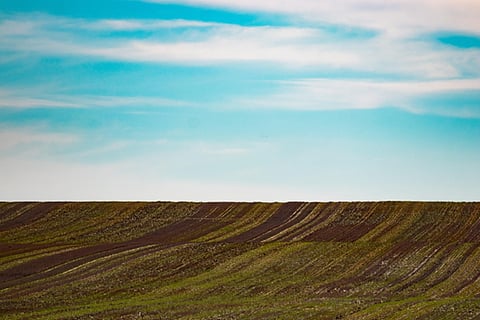Land Banking- The Long-Term Wealth Strategy No One Talks About
In the world of real estate, there’s a quiet, strategic play that’s been building fortunes in the background for generations. It doesn’t come with the excitement of flipping houses or the immediate cash flow of rental properties. But it does offer something else—something powerful: patience-driven wealth. Welcome to the underappreciated art of land banking.
What Is Land Banking, Really?
At its core, land banking is the acquisition of undeveloped or raw land, typically on the outskirts of growing urban areas, with the intention of holding it long-term until its value appreciates significantly. This isn’t a quick flip. It’s a strategy that requires vision, research, and a deep understanding of urban expansion patterns.
When executed wisely, it’s like buying tomorrow’s prime real estate at today’s discount prices.
Why It Works (Even If It’s Not Flashy)
Cities are expanding. Always have, always will. Infrastructure pushes outward, driven by population growth, industrial sprawl, and government planning. The key to land banking lies in predicting where that growth will go next—and getting there first.
Municipal development plans, future highway routes, school districts under strain, and even corporate expansions are early signals that a seemingly barren plot today might sit in the heart of a suburb ten years from now. When that happens, the land’s value doesn’t just increase—it multiplies.
The Investor Mindset: Playing the Long Game
Unlike other investments that provide monthly returns or dividends, land banking requires a shift in mindset. You’re parking capital into the future—sometimes five, ten, even twenty years down the line.
But here’s what many miss: while the land sits seemingly untouched, its value quietly grows. No tenants to manage. No renovations to fund. No risk of depreciation from overuse. Just time is working in your favour.
The secret? Choose land in the path of progress, not just any empty stretch of earth. Study zoning maps. Understand infrastructure budgets. Speak to urban planners. This isn’t passive investing—it’s strategic patience.
Where to Find Opportunities Others Overlook
There’s always land for sale, but not all land is created equal. Look for parcels near growing metro edges, transport corridors, or areas identified in five- to ten-year municipal development blueprints. Don’t be afraid to think rural if the area shows signs of urban bleed.
Savvy investors often work with specialized land acquisition companies or go directly to local councils for insight into areas poised for growth. Off-market deals can sometimes present incredible value—especially from owners unaware of the land’s future potential.
The Hidden Bonus: Legacy and Leverage
Here’s something most people miss: land banking isn’t just about capital growth. It’s also about optionality. Once the land appreciates, you can choose to sell, develop, or even leverage it to fund other investments. It’s a legacy asset—one you can pass on or use as a springboard.
In a world of short-term wins and digital noise, land banking rewards foresight and silence. It may not get the spotlight, but for those willing to wait, it delivers returns that speak for themselves.
Inspired by what you read?
Get more stories like this—plus exclusive guides and resident recommendations—delivered to your inbox. Subscribe to our exclusive newsletter
Resident may include affiliate links or sponsored content in our features. These partnerships support our publication and allow us to continue sharing stories and recommendations with our readers.

